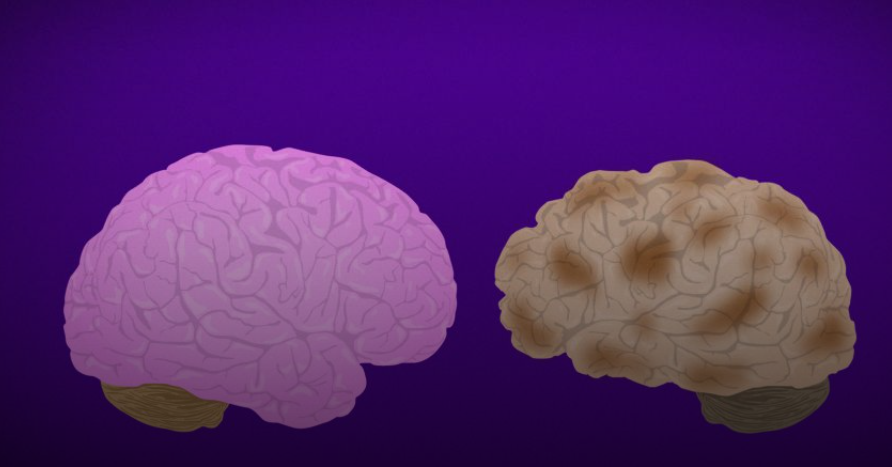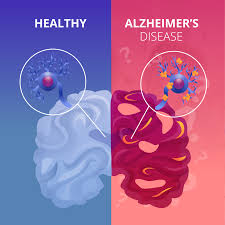Alzheimer’s Disease: Key Facts
Understanding Alzheimer’s
- Alzheimer’s disease is the most common form of dementia, a condition that leads to memory loss and cognitive decline.
- It is a progressive and fatal disease with no known cure. It starts with mild memory loss and eventually causes severe brain damage.
- The disease is named after Dr. Alois Alzheimer, who first identified its hallmarks—amyloid plaques and neurofibrillary tangles—in 1906.

Risk Factors
- Age: The risk doubles every five years after age 65. Symptoms usually appear after 60.
- Genetics: Family history increases the likelihood of developing Alzheimer’s.
- Head Trauma: Repeated injuries or loss of consciousness may contribute.
- Heart Health: Conditions like high blood pressure, high cholesterol, and diabetes increase risk.
Symptoms
- Memory loss and confusion
- Repeating questions/statements
- Poor judgment and impulsiveness
- Misplacing items
- Mood and personality changes
- Delusions and paranoia
- Difficulty swallowing and seizures

National Statistics
- Approximately 6.9 million Americans are living with Alzheimer’s (CDC).
- It is the fifth leading cause of death among adults 65 and older in the U.S.
- The cost of care for Alzheimer’s and related dementias is projected to be $360 billion in 2024.
Early-Onset Alzheimer’s
- A rare form of Alzheimer’s affecting people under 65, often running in families.

Research Highlights
- 2014: Scientists develop a blood test predicting Alzheimer’s with high accuracy.
- 2015: Studies suggest the compound resveratrol may slow progression.
- 2016-2019: Several drug trials are halted after failing to show effectiveness.
- 2021: FDA approves aducanumab, the first new Alzheimer’s drug since 2003.
- 2023: FDA grants full approval to Leqembi, the first drug proven to slow the disease.
- 2024: FDA approves donanemab, another promising treatment targeting amyloid plaques.
With continued research and medical advancements, there is hope for more effective treatments in the future.